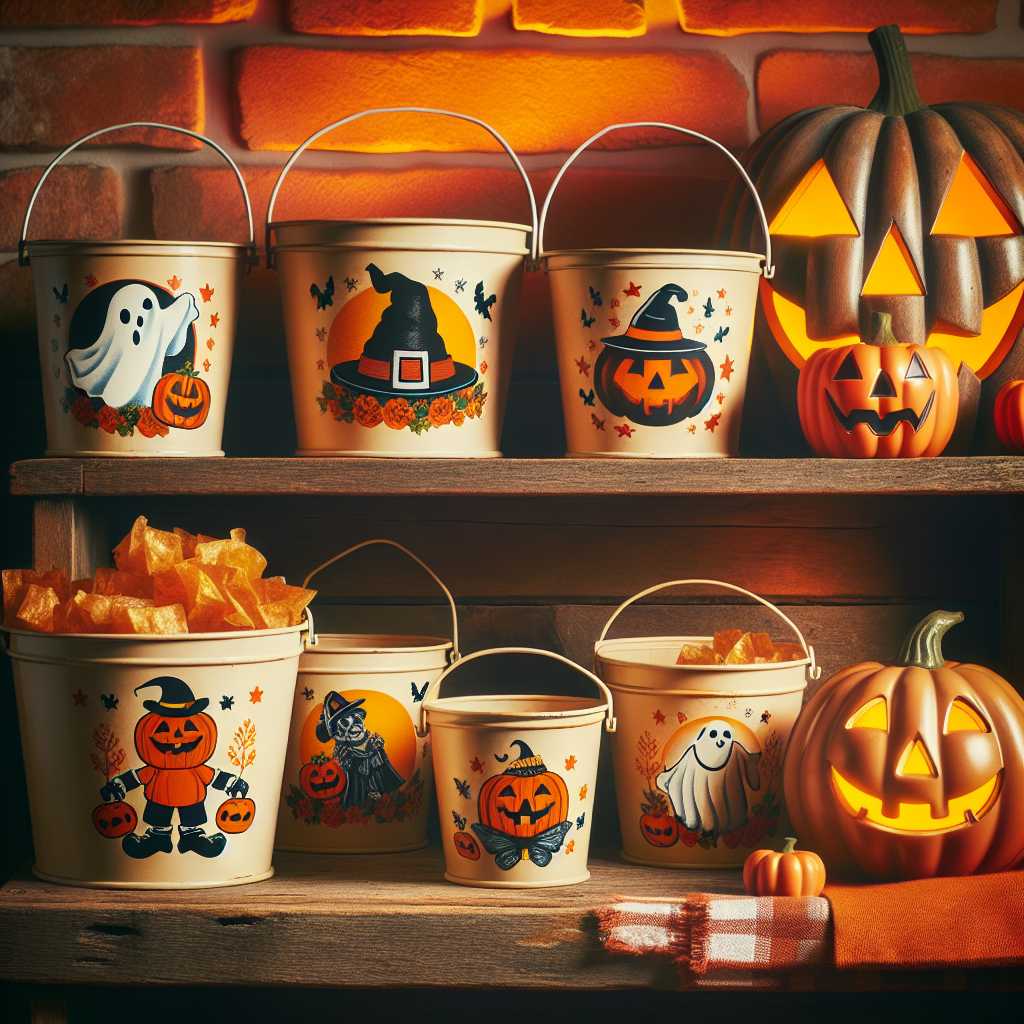McDonald’s Halloween Buckets: A Nostalgic Tradition Revisited
McDonald’s, the global fast-food giant known for its iconic Golden Arches, has also created another, season-specific icon: Halloween buckets. These buckets, first introduced in the 1980s, have become a nostalgic item for many who grew up excited to collect these treat pails during the Halloween season. Here’s a deep dive into the history of these buckets and their cultural impact over the decades.
The Origins of McDonald’s Halloween Buckets
In the autumn of 1986, McDonald’s launched what would become a beloved tradition for children across North America—the Halloween Happy Meal bucket. These original plastic buckets came in three different designs: a pumpkin, a witch, and a ghost. Complete with a handle and festively decorated with Halloween motifs, they were an instant hit. The allure was twofold: not only did kids relish the Happy Meal toys and food, but they also received a reusable bucket perfect for trick-or-treating.
Design Evolution Through the Years
Over the years, the design of the McDonald’s Halloween buckets has evolved to keep up with changing tastes and trends. The early 1990s introduced ‘McBoo’, ‘McPunk’n’, and ‘McGoblin’ — new names that imbarked each bucket with character ‘personalities’. To remain relevant and enticing, through subsequent Halloweens, McDonald’s occasionally updated the buckets with different patterns and thematic styles such as glow-in-the-dark features or pop culture tie-ins.
Collectible Appeal and Marketing Success
The collectible nature of these buckets added a unique flair to McDonald’s seasonal marketing. Many customers would frequent the restaurant not just to enjoy a meal but also to collect each design. This tradition turned into an annual event where families would gather around to accumulate a new series of colorful buckets. The initiative also cleverly repurposed food containers into novelty items that children could use beyond the dining experience.
Sustainability Concerns and Modern Considerations
In today’s environmentally-conscious climate, questions arise concerning the sustainable aspect of these plastic products. Recognizing this, McDonald’s has attempted to be more conscientious about its environmental impact. Although this led to periods where the Halloween buckets were not produced, the demand for sustainable yet nostalgic products keeps resurfacing. This presents an opportunity for McDonald’s to create eco-friendly iterations that can sustain customer engagement and preserve Halloween traditions without sacrificing environmental values.
Digital Impact and Social Media Revival
The role of social media in reviving nostalgia cannot be underestimated. Platforms like Instagram and Pinterest celebrated throwbacks featuring these buckets, prompting both fond recollections and calls for their reintroduction by adults who remembered them from childhood. It illustrates how products like these can transcend their original market life through digital communities long after ceasing production.
Notes
An Enduring Legacy with a Dash of Modernity
The story of McDonald’s Halloween buckets illustrates how a simple idea can blossom into cultural significance and capture the imaginations of generations. With consistent demand buoyed by nostalgia, there is potential longevity in these seasonal items if adapted to modern sensibilities concerning sustainability and consumer expectation.
In looking forward, should McDonald’s decide to revive or reinterpret these festive favorites once more, it is clear they have become more than just a fast-food promotion—they signify memorable Octobers past and an enduring celebration of both childhood delight and marketing ingenuity.
Image description: A nostalgic collection of McDonald’s Halloween buckets from various years—pumpkin, ghost, and witch designs—arranged on wooden shelves against an orange backdrop with carved jack-o’-lanterns nearby, emitting a homely glow reminiscent of childhood trick-or-treating adventures.
